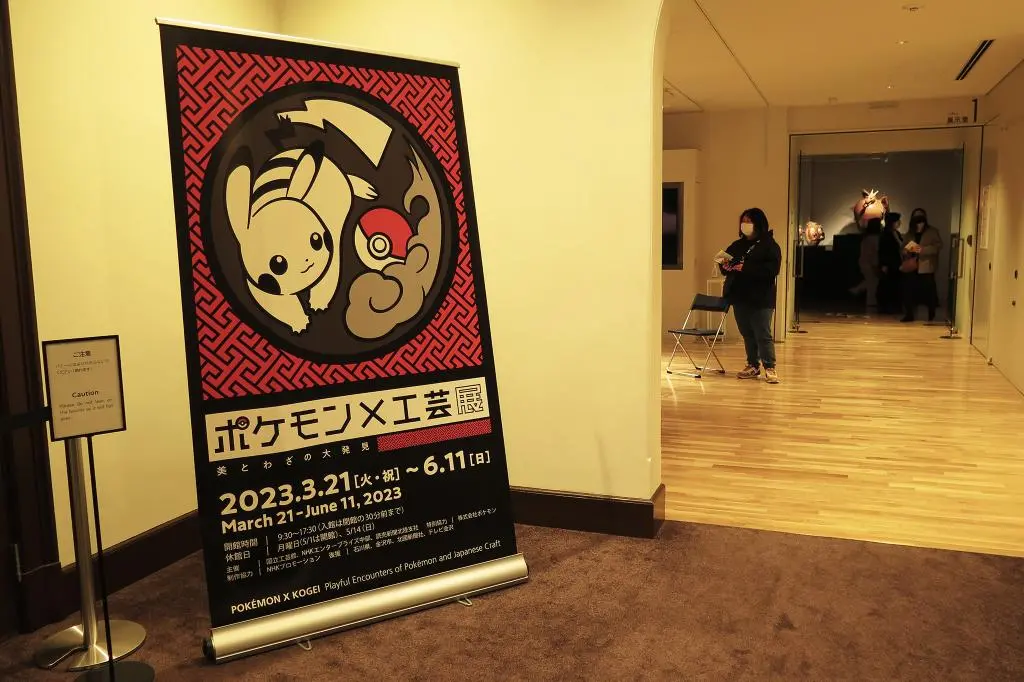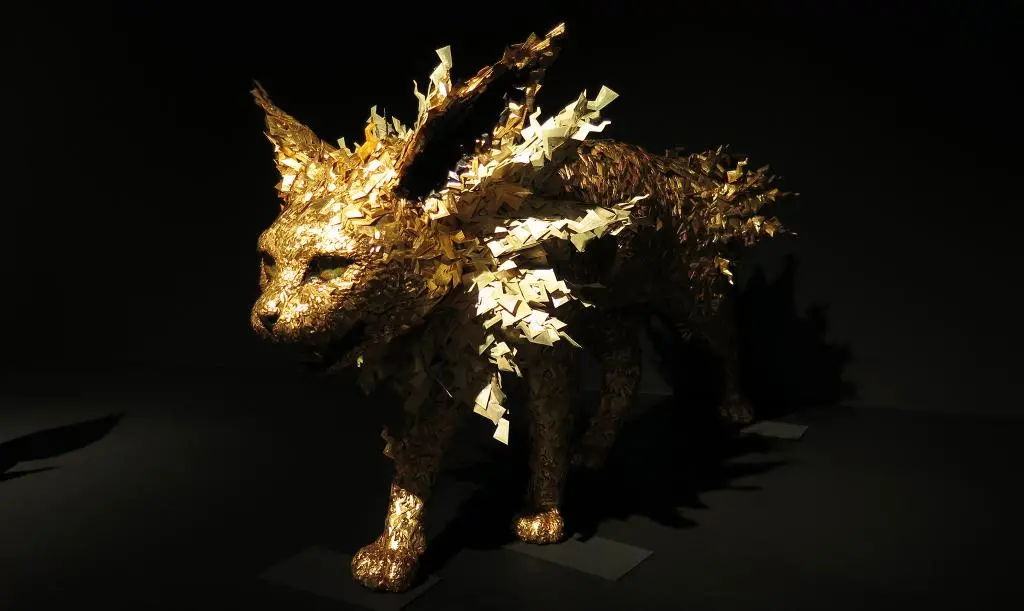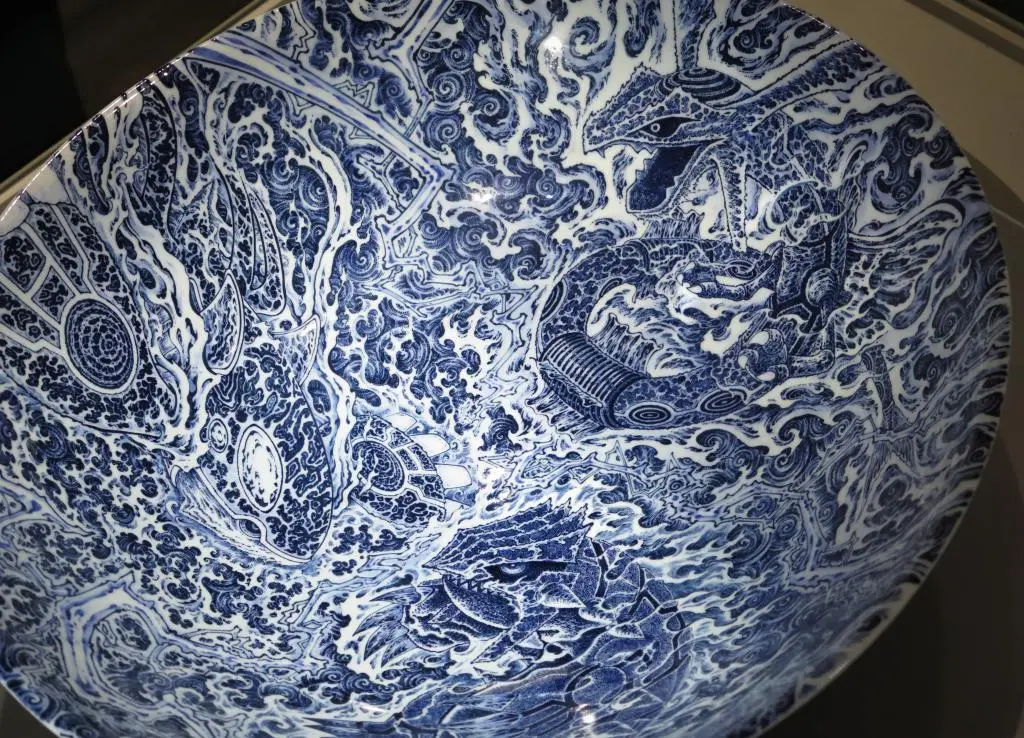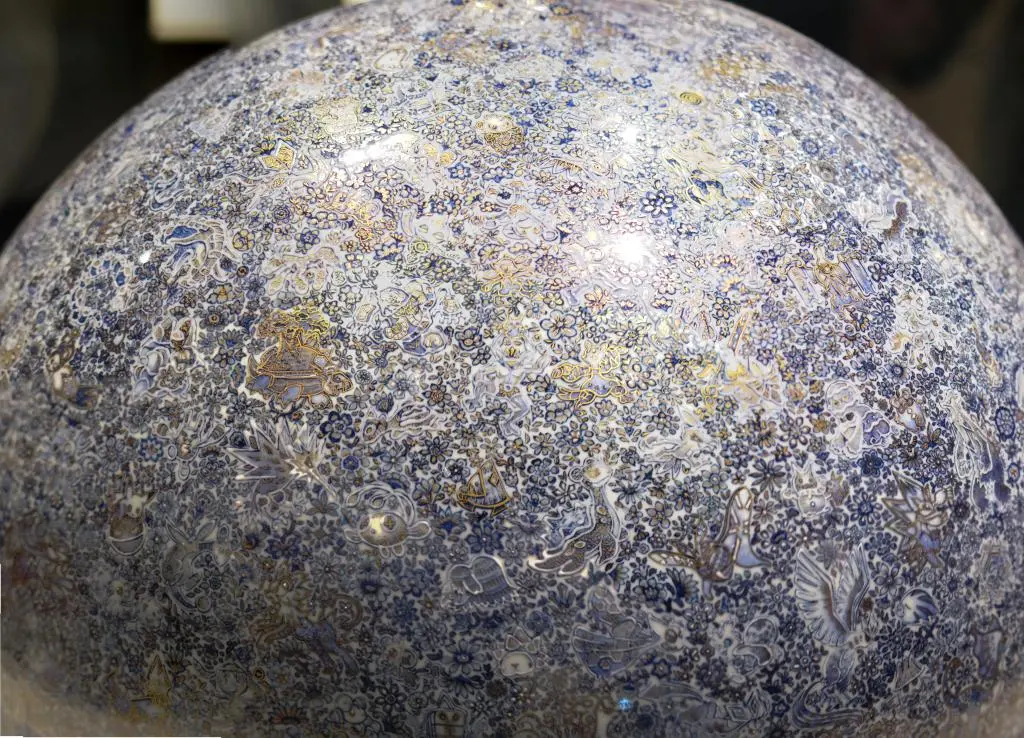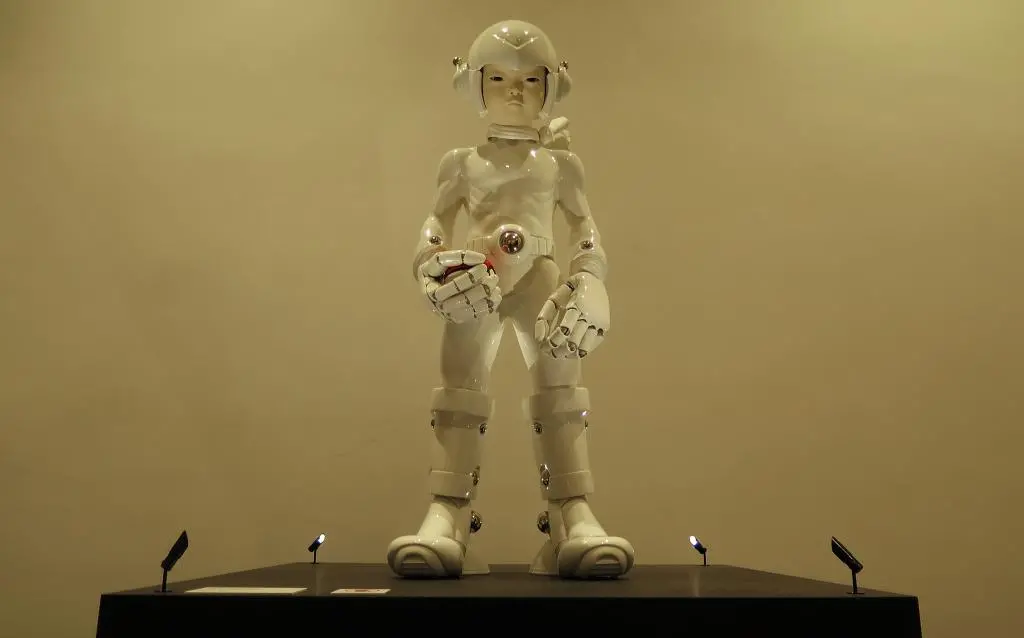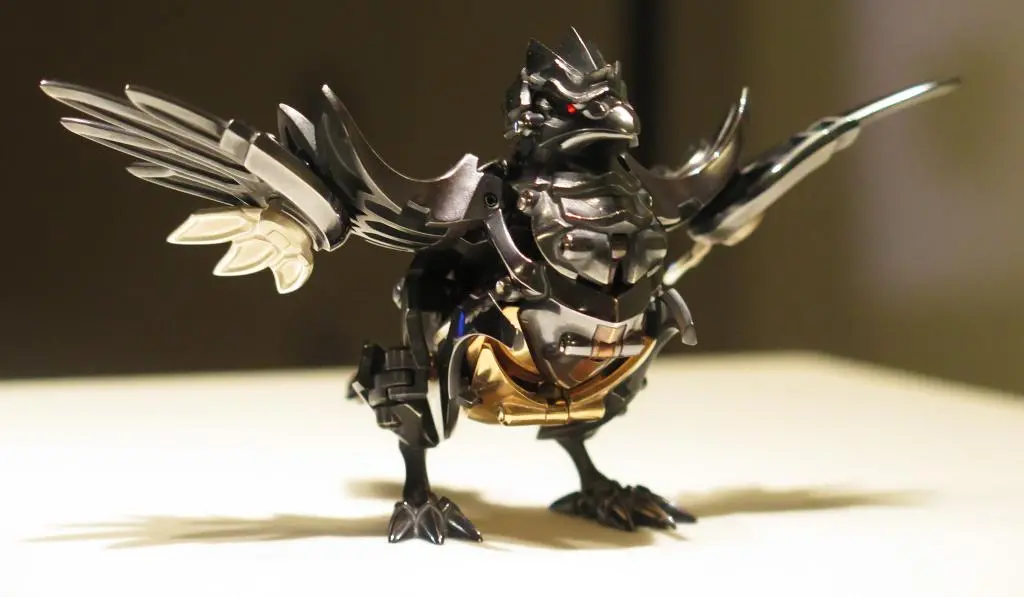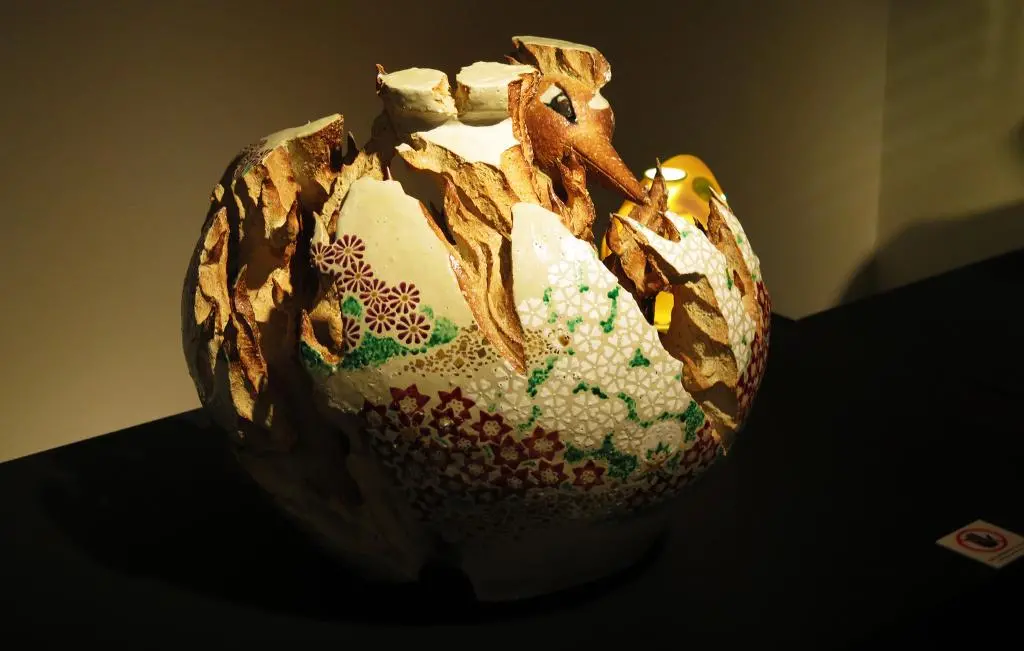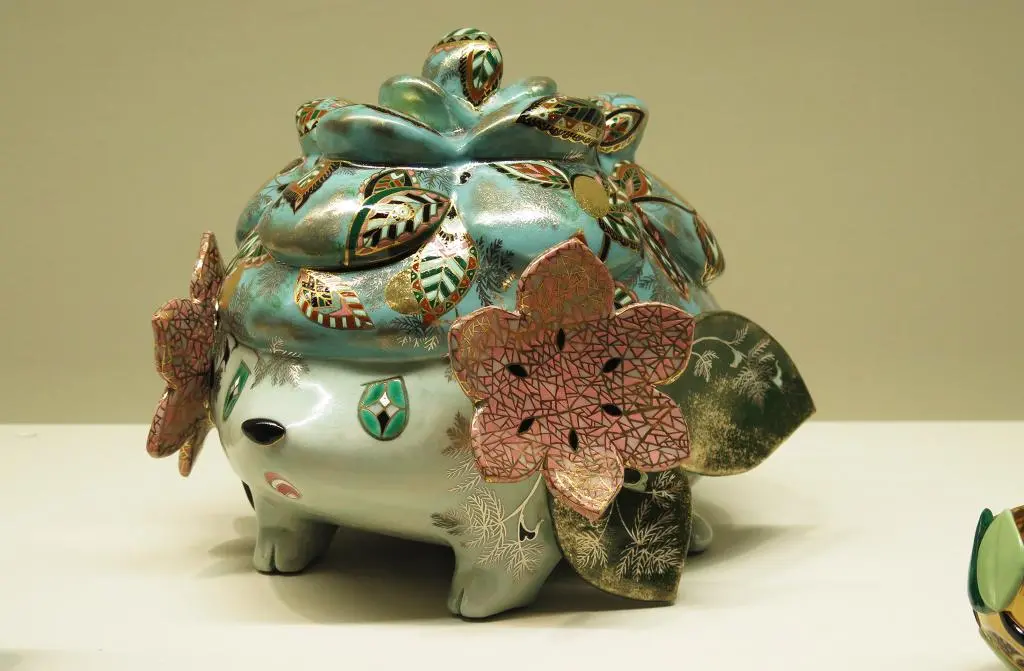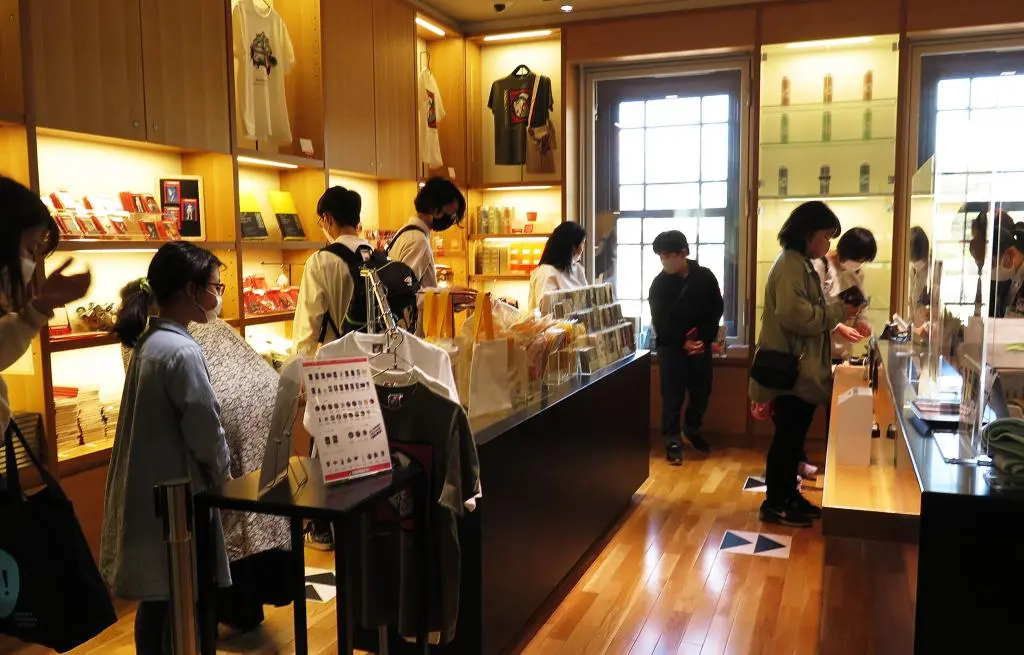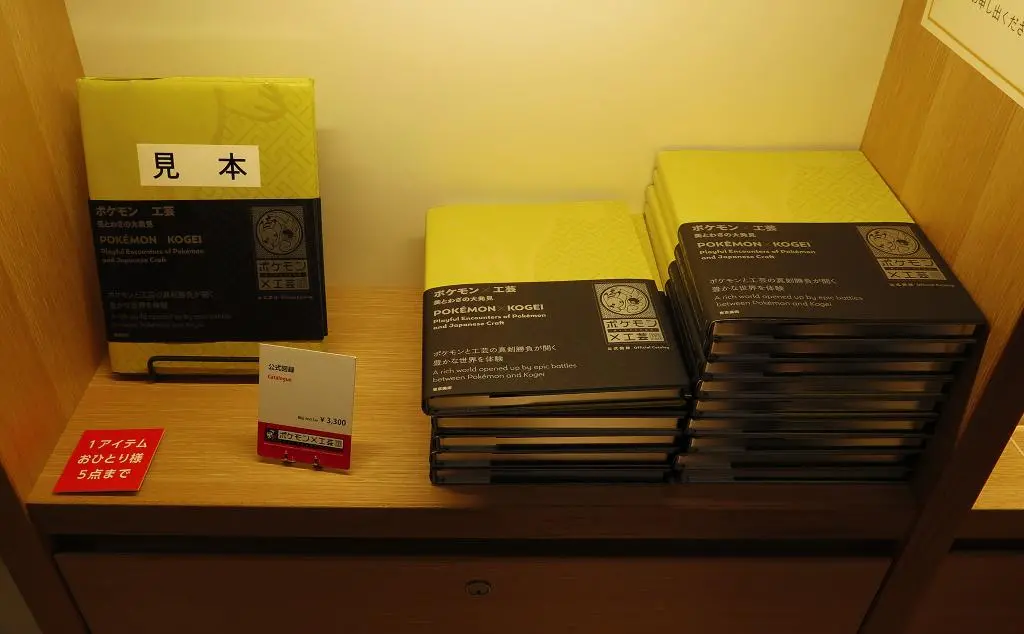From March 21st through June 11th, the National Craft Museum in Kanazawa, Ishikawa is hosting an exhibit entitled, Pokemon x Kouge. Kouge 工芸 is Japanese for crafts, such as pottery, woodworking, and any other profession that designs and creates materials and works.
20 Japanese artisans and craftsmen, from young to old, were challenged with how they could incorporate Pokemon into their works. How could they make something that could display the essence of a Pokemon, whether it be through their appearance, gestures, or traces of gameplay through trading, evolving, or battling? How would a particular Pokemon's personality or history clash or match with traditional crafts? With these questions and ideas, they have created over 70 original works displayed in this exhibit.
Here's the website: https://kogei.pokemon.co.jp/
Also, here's the exhibit brochure:
https://drive.google.com/.../15OGmZfPQhPQv0CRP-g5c4rFEikUeRzLK
A friend sent me a link to this exhibit. I had seen a link about it before, but I didn't realize it was in Kanazawa. So close! I thought it was in Tokyo, or Osaka, or something. So, I went there on Thursday March 30th and arrived around 11:30am. There was a line to enter, but I only had to wait 20 minutes. Not too bad for a Thursday. They had reservation tickets available, which would probably be necessary on weekends. Individual tickets were 900円. You can buy tickets online, too.
The exhibit was divided into three sections: Appearance, Stories, and Life. All of my photos are included at the bottom.
The first room were works inspired by the appearance of the Pokemon. How does a Pokemon's appearance inspire these craftsmen to use their mastery to develop artwork that evokes both the spirit of the Pokemon and a demonstration of the mastery of their craft. This section featured artwork from Yoshida Taiichiro 吉田泰一郎 and Mitsuta Haruo 満田晴穂 (both Metal Works), Fukuda Toru 福田亭 (Wood Works), and Imai Sadamasa 今井完眞 and Hayama Yuki 葉山有樹 (Ceramics).
My favorite pieces from this section was the Jolteon by Yoshida Taiichiro 吉田泰一郎 (pictured above), and the vase and bowl entitled "Vase with Pokemon of the Universe" 森羅万像ポケモン壷 and "Beautiful Bowl with the Super-Ancient of Pokemon" 超古代ポケモン玉盌. Both were created by Hayama Yuki 葉山有樹. (pictured below)
The Pokemon vase was interesting because you could stare at it for hours searching for various Pokemon and continue to find new ones you hadn't before. Also, I love how the Hoenn legendary pokemon are depicted in the Beautiful Bowl, clashing the power of fire, water, and wind.
The second room features works inspired by the aspects of the Pokemon adventure, such as catching, battling, and evolving. While collecting Pokemon themselves is very much core to the series, the journey of the starting off at the beginning and slowly growing and strengthening your Pokemon and yourself as you become the strongest trainer in the land is equally inspiring. Works in this section were created by Tanaka Nobuyuki 田中信行 and Ikeda Terumasa 池田晃将 (Lacquerware), Niimi Hiroki 新實広記and Ikemoto Kazumi 池本一三 (Glass Works), Hayashi Shigeki 林茂樹 (Ceramics), Tsuboshima Yuuki 坪島悠貴 (Metal Works), and Shiromi Eiichi 城間栄市 and Sudou Reiko 須藤玲子 (Textiles).
Hayashi Shigeki's Robot (Moonlight) greeted everyone when the reached the top of the stairs. All of the vases were really goofy, and the yukatas were pretty. The Yukatas, created by Shiromi Eiichi, were made using a Bingata pattern-style, traditional to Okinawa. These have repeated patterns of nature using primary colors of red, blue, yellow, green, and pink. The Alola starters, Pikachu, Raichu, and Oricorio fit both the pattern of colors, and island theme.
I think the biggest standouts to me were the transformable Rookidee figures which "evolve" into Corviknight, by Tsuboshima Yuuki 坪島悠貴. Obviously the size is off, but the proportions of both Pokemon are perfect, and coming up with a design to allow them to transform into each other is fascinating. The Pikachu forest, created by Sudou Reiko 須藤玲子 was definitely the center piece of the room. (both pictured below)
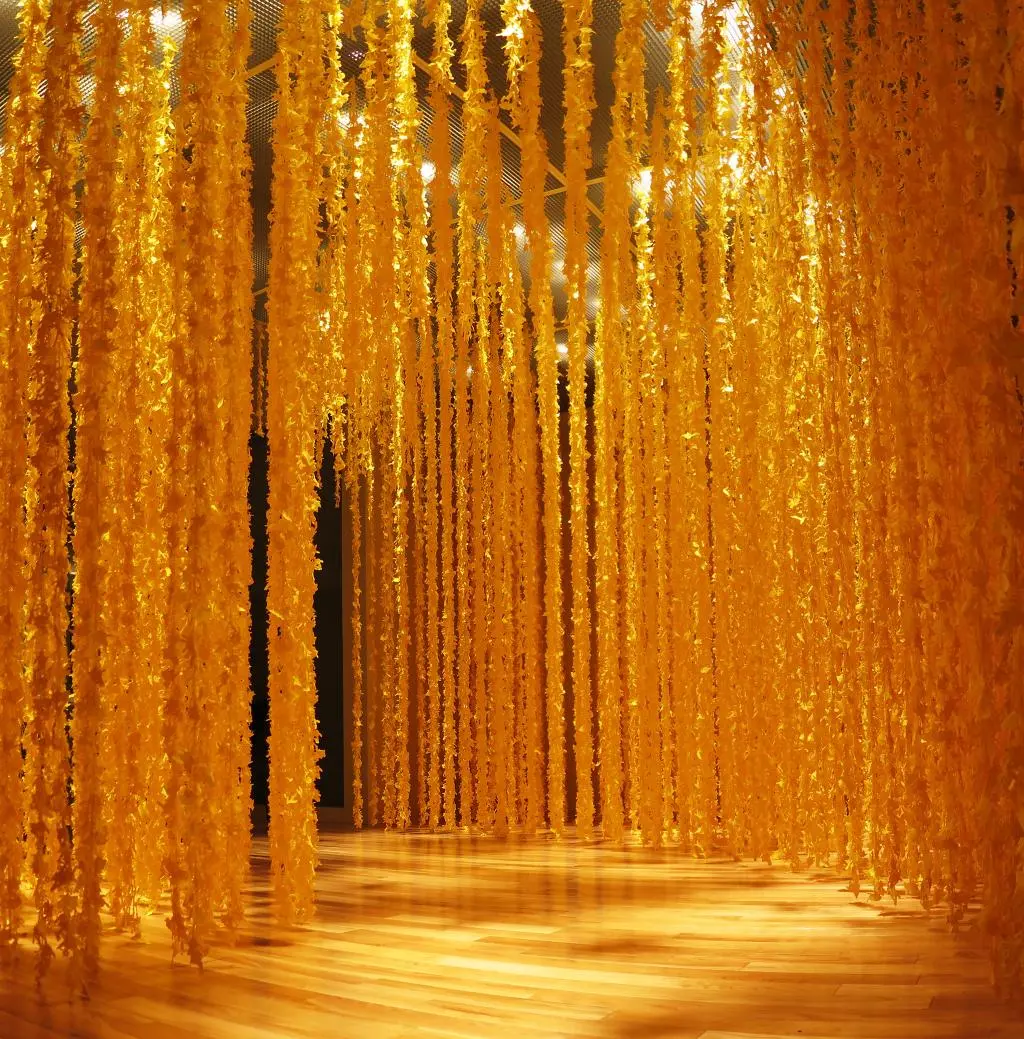
The final room of the exhibit showcased works that incorporated Pokemon into the artists' medium. How can the flame of the Pokemon match the fires of the kiln when baking jars? How can the spirit and energy of Pokemon enlighten kimono and ornaments used in festivals? Craftsmen from this section include Katsura Morihito 桂盛仁 (Metal Works), Taguchi Yoshiaki 田口義明 (Lacquerware), Kuwata Takuro 桑田卓郎, Ueba Kasumi 植葉香澄, and Masumoto Keiko 桝本佳子 (Ceramics), and Mizuhashi Saori 水橋さおり and Komiya Yasuyoshi 小宮康義 (Textiles).
The most notable pieces in the room were the pottery created by Masumoto Keiko. The Charizard and Charmander pots made sense being fire Pokemon. The Ninetales pot was especially interesting as the inside of the pot was brown and burnt like the Kantonian form, but the outside was glazed white, like the Alolan form. I liked her Moltres piece the most. Moltres appears by breaking out of an egg with flames. I think the other standouts in the room where all of the figures created by Ueba Kasumi, especially the Shaymin figure.
The best thing about every museum and museum exhibit in Japan is that the gift shop sells a book detailing each piece on display. All of the text from the exhibit, photos of each piece, and more information about the artists, pieces, and creation are included in this book. It's exceptional as a momento to remember and recall the exhibit in the future as well as learn more about the artists and artwork you were able to see.
The Pokemon Kogei Catalogue is 168 pages for only 3000円. As an added bonus, the book is bilingual in English and Japanese. I was able to use it as reference when writing this post.
Again, the exhibit runs until June 11th, so if you're able to travel to Kanazawa, I would recommend taking a look!
